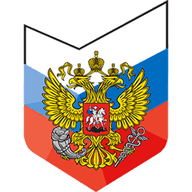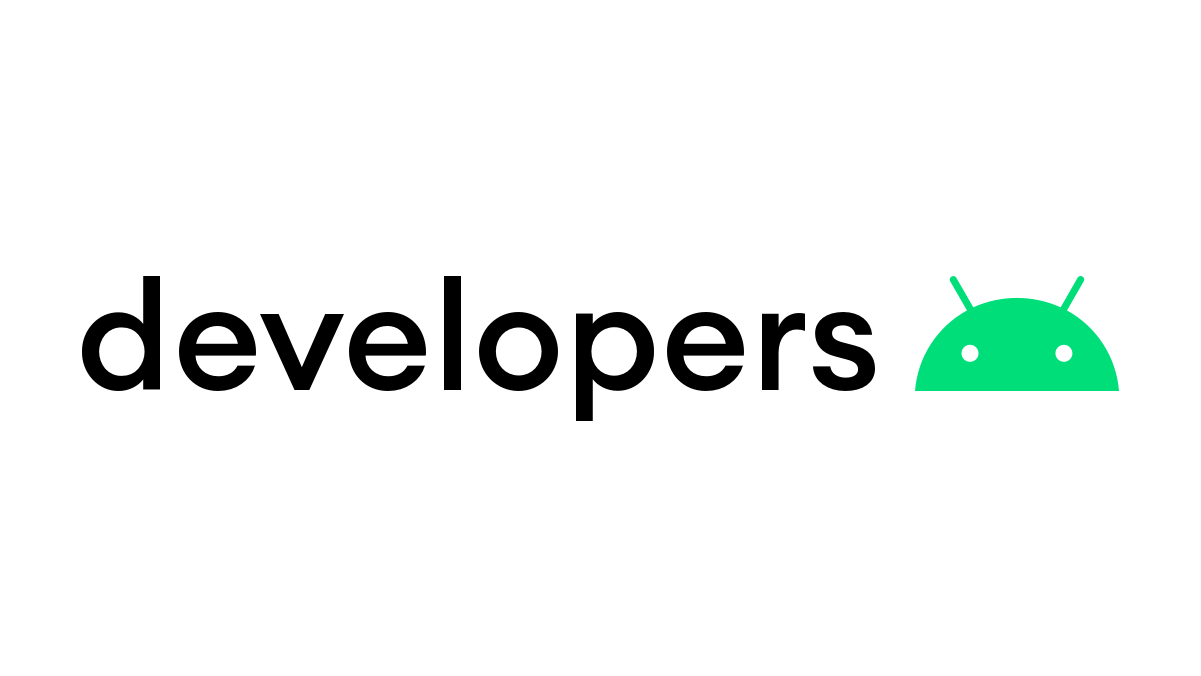Navigating the New Landscape of Russian Software Compliance
December 20, 2024, 12:14 am
The digital landscape in Russia is undergoing a seismic shift. The Ministry of Digital Development, Communications and Mass Media (Minцифры) has unveiled new requirements for software to be included in the national registry. This move aims to bolster domestic software development and reduce reliance on foreign technology. The implications are vast, affecting developers, government agencies, and the overall tech ecosystem.
The Russian software registry, established in 2016, serves as a beacon for domestic solutions. It mandates that government bodies prioritize software from this registry over foreign alternatives. Currently, the registry boasts nearly 24,000 programs from over 8,800 rights holders. However, the recent changes are set to redefine the rules of engagement.
Starting June 1, 2025, software must demonstrate compatibility with at least two Russian operating systems (OS) to qualify for the registry. This requirement extends to various software categories, including virtualization tools and office applications. The clock is ticking, and developers must adapt swiftly.
The rationale behind this initiative is clear. By ensuring compatibility with domestic OS, the government aims to foster a robust ecosystem of homegrown solutions. It’s a strategic move to enhance the maturity of Russian software products. The goal is to elevate local offerings, making them competitive in both functionality and security.
But the changes don’t stop there. From January 1, 2026, the requirements will expand to include maintenance programs, cloud computing solutions, and data storage systems. By January 1, 2027, industrial software and organizational process management tools will also fall under this umbrella. The phased approach allows developers to adjust gradually, but the urgency remains.
A critical aspect of these new rules is the restriction on state-owned companies. They will only be able to register their internal software if no comparable solutions exist in the registry. This is a significant shift aimed at prioritizing commercial products. The government is signaling a clear preference for innovation from the private sector.
Moreover, the new criteria will require software to be free from any sanctions-related restrictions. This is particularly relevant for developers using foreign software development kits (SDKs). The landscape is changing, and reliance on foreign tools could hinder a developer's ability to comply with the new regulations.
For existing software in the registry, a review process will be implemented. While this review is not mandatory, it is highly encouraged. Companies that meet the additional criteria will gain a competitive edge in government procurement processes. This is a golden opportunity for developers to showcase their commitment to quality and compliance.
The implications of these changes are profound. They signal a shift towards self-sufficiency in the tech sector. The government is not just asking for compliance; it is demanding a transformation in how software is developed and deployed. The stakes are high, and the pressure is on.
As the clock ticks down to the implementation dates, developers must scramble to ensure their products meet the new standards. This is not just a bureaucratic hurdle; it’s a chance to innovate and elevate the Russian software landscape. The potential for growth is immense, but so are the challenges.
The government’s push for compatibility with domestic OS is a double-edged sword. On one hand, it encourages local development and innovation. On the other, it may stifle creativity if developers feel constrained by rigid requirements. The balance between regulation and innovation will be crucial in the coming years.
The phased implementation allows for a gradual transition, but developers must remain vigilant. The tech landscape is dynamic, and adaptability will be key. Companies that can pivot quickly will thrive, while those that resist change may find themselves left behind.
In conclusion, the new requirements from Minцифры represent a significant turning point for the Russian software industry. The focus on domestic compatibility and the prioritization of local solutions are clear signals of the government’s intent. As the landscape evolves, developers must embrace the challenge. The future of Russian software is at stake, and the time to act is now. The road ahead may be fraught with obstacles, but it also holds the promise of a vibrant, self-sufficient tech ecosystem. The journey has begun, and every line of code counts.
The Russian software registry, established in 2016, serves as a beacon for domestic solutions. It mandates that government bodies prioritize software from this registry over foreign alternatives. Currently, the registry boasts nearly 24,000 programs from over 8,800 rights holders. However, the recent changes are set to redefine the rules of engagement.
Starting June 1, 2025, software must demonstrate compatibility with at least two Russian operating systems (OS) to qualify for the registry. This requirement extends to various software categories, including virtualization tools and office applications. The clock is ticking, and developers must adapt swiftly.
The rationale behind this initiative is clear. By ensuring compatibility with domestic OS, the government aims to foster a robust ecosystem of homegrown solutions. It’s a strategic move to enhance the maturity of Russian software products. The goal is to elevate local offerings, making them competitive in both functionality and security.
But the changes don’t stop there. From January 1, 2026, the requirements will expand to include maintenance programs, cloud computing solutions, and data storage systems. By January 1, 2027, industrial software and organizational process management tools will also fall under this umbrella. The phased approach allows developers to adjust gradually, but the urgency remains.
A critical aspect of these new rules is the restriction on state-owned companies. They will only be able to register their internal software if no comparable solutions exist in the registry. This is a significant shift aimed at prioritizing commercial products. The government is signaling a clear preference for innovation from the private sector.
Moreover, the new criteria will require software to be free from any sanctions-related restrictions. This is particularly relevant for developers using foreign software development kits (SDKs). The landscape is changing, and reliance on foreign tools could hinder a developer's ability to comply with the new regulations.
For existing software in the registry, a review process will be implemented. While this review is not mandatory, it is highly encouraged. Companies that meet the additional criteria will gain a competitive edge in government procurement processes. This is a golden opportunity for developers to showcase their commitment to quality and compliance.
The implications of these changes are profound. They signal a shift towards self-sufficiency in the tech sector. The government is not just asking for compliance; it is demanding a transformation in how software is developed and deployed. The stakes are high, and the pressure is on.
As the clock ticks down to the implementation dates, developers must scramble to ensure their products meet the new standards. This is not just a bureaucratic hurdle; it’s a chance to innovate and elevate the Russian software landscape. The potential for growth is immense, but so are the challenges.
The government’s push for compatibility with domestic OS is a double-edged sword. On one hand, it encourages local development and innovation. On the other, it may stifle creativity if developers feel constrained by rigid requirements. The balance between regulation and innovation will be crucial in the coming years.
The phased implementation allows for a gradual transition, but developers must remain vigilant. The tech landscape is dynamic, and adaptability will be key. Companies that can pivot quickly will thrive, while those that resist change may find themselves left behind.
In conclusion, the new requirements from Minцифры represent a significant turning point for the Russian software industry. The focus on domestic compatibility and the prioritization of local solutions are clear signals of the government’s intent. As the landscape evolves, developers must embrace the challenge. The future of Russian software is at stake, and the time to act is now. The road ahead may be fraught with obstacles, but it also holds the promise of a vibrant, self-sufficient tech ecosystem. The journey has begun, and every line of code counts.

